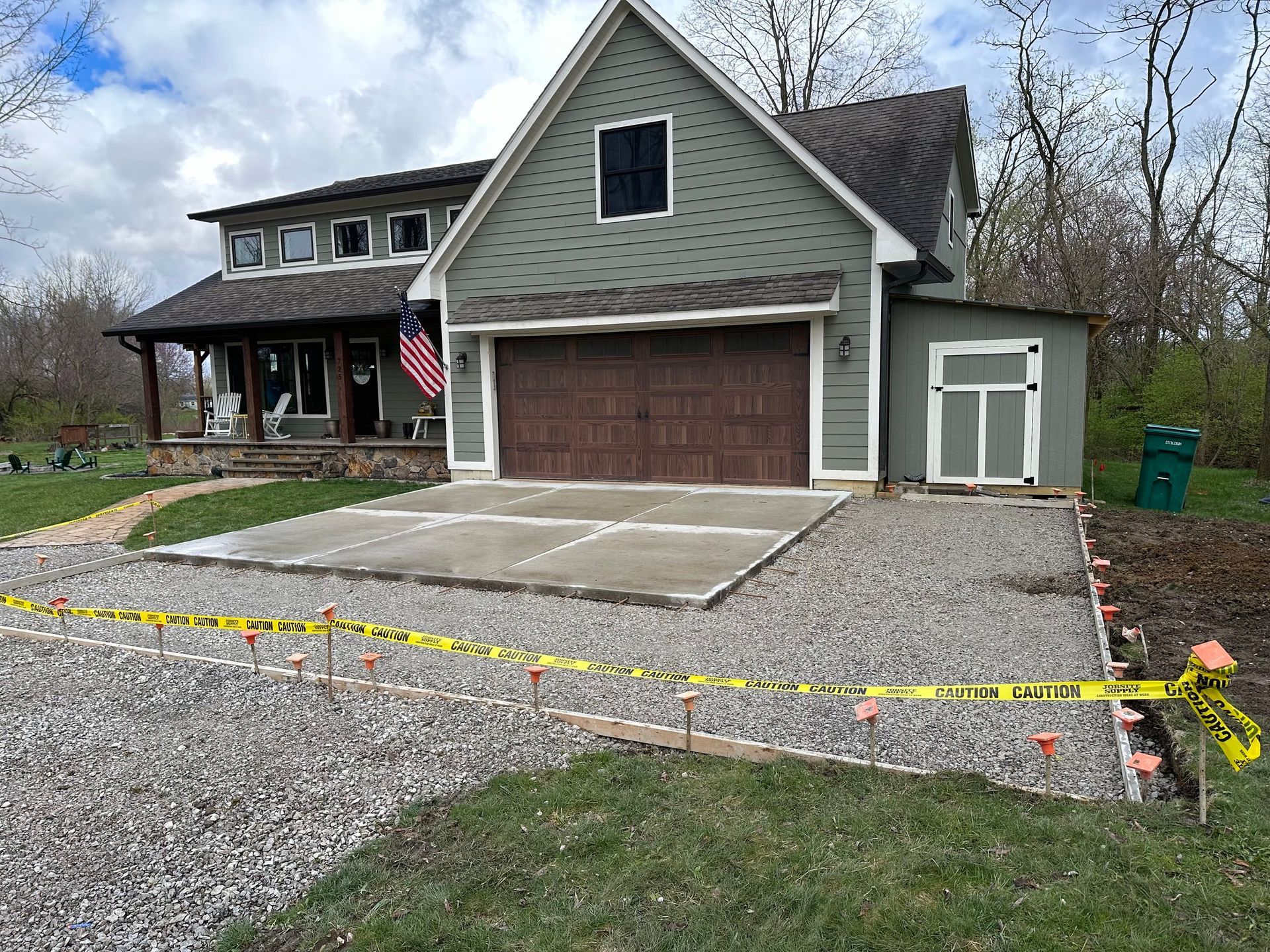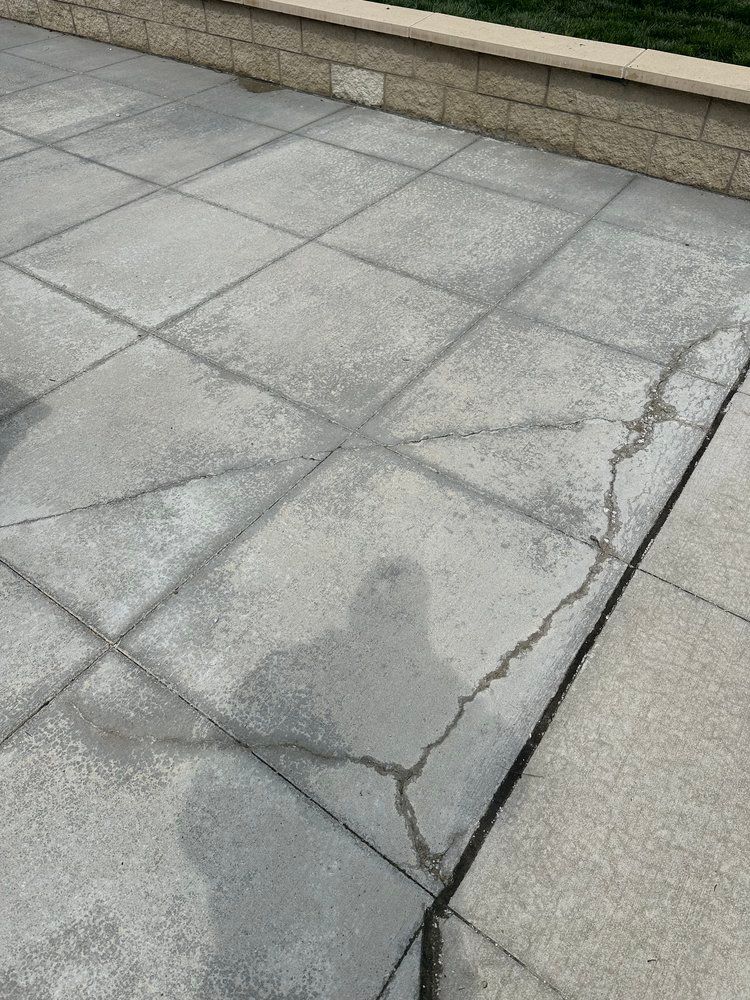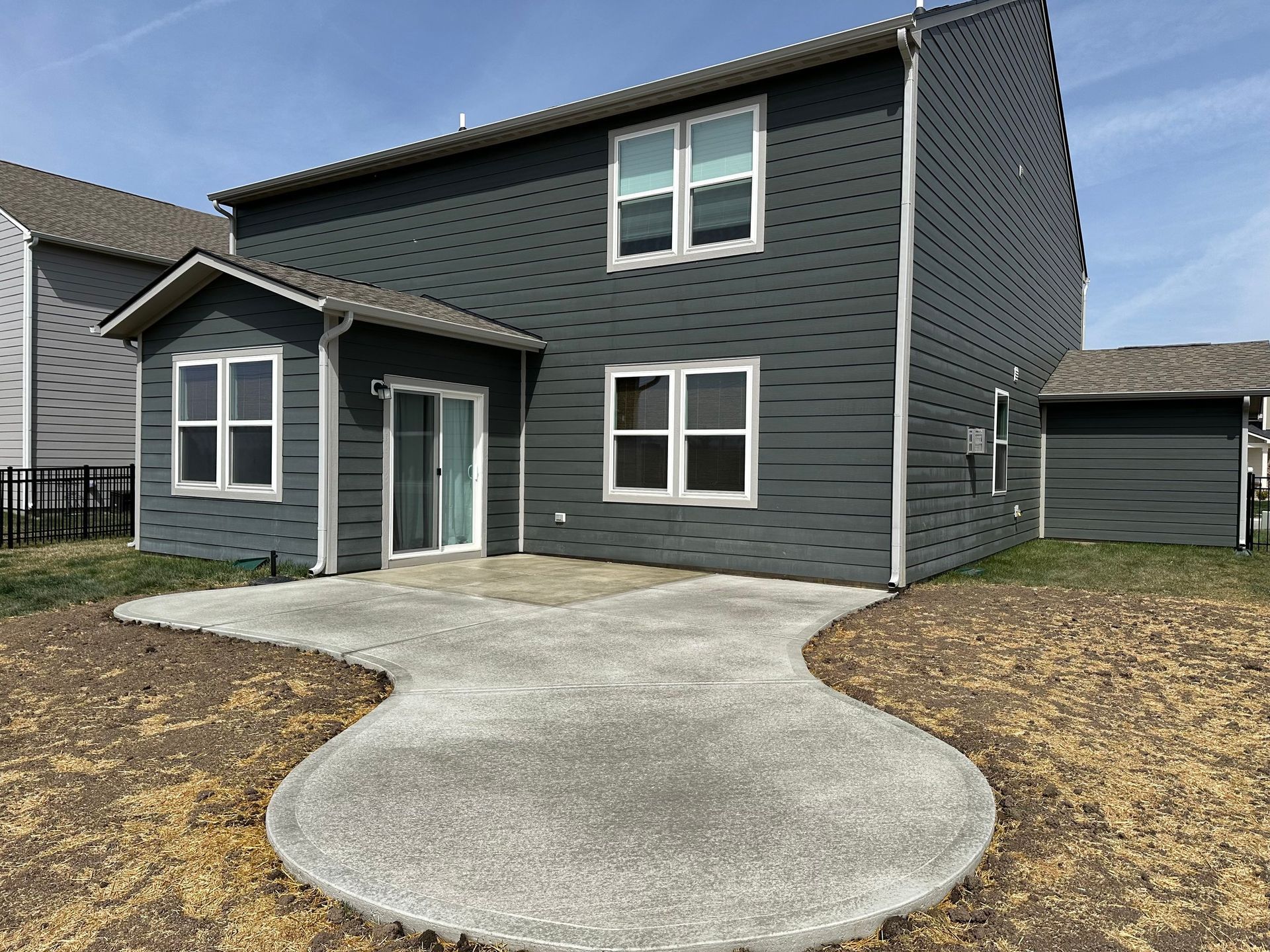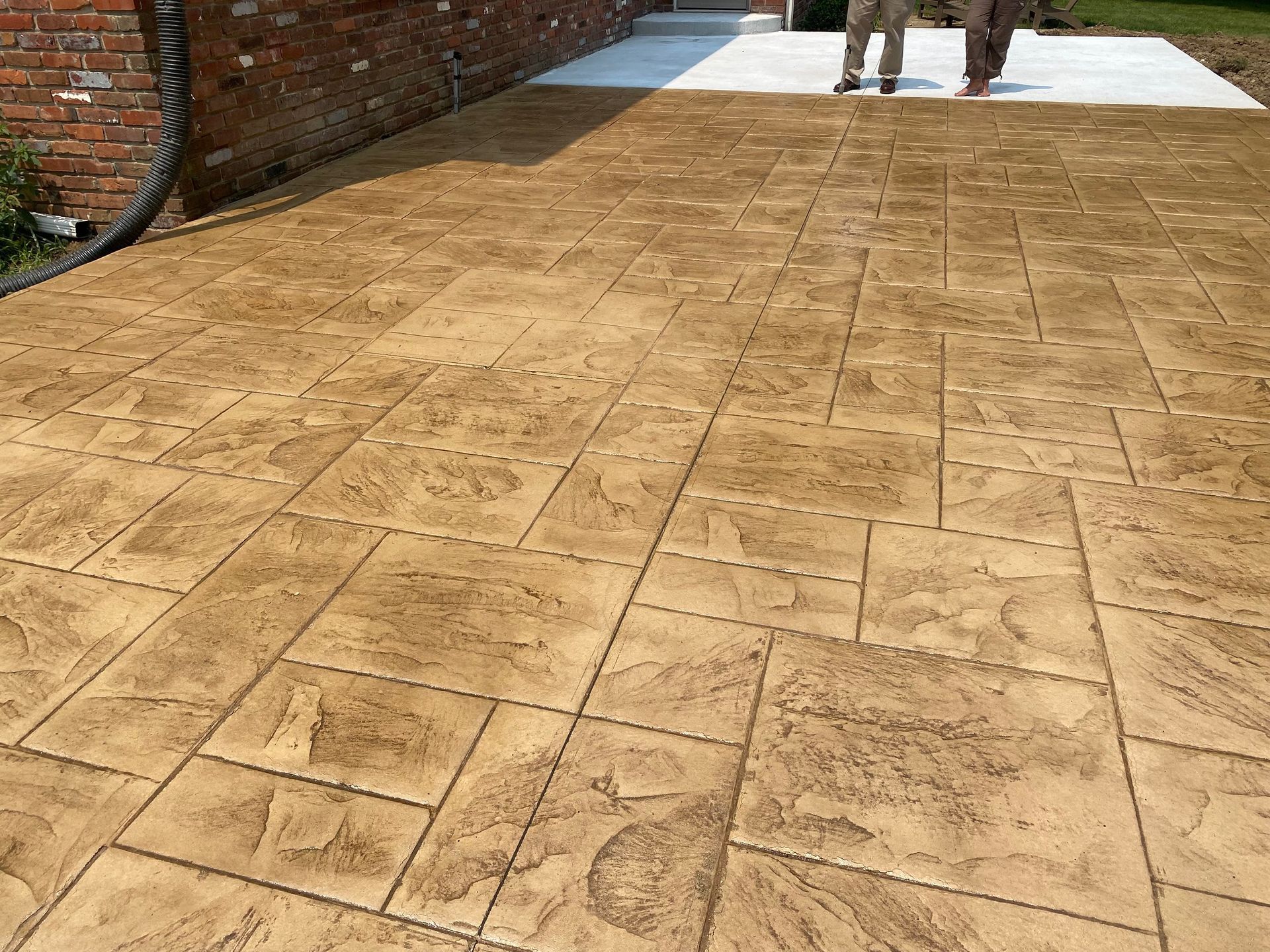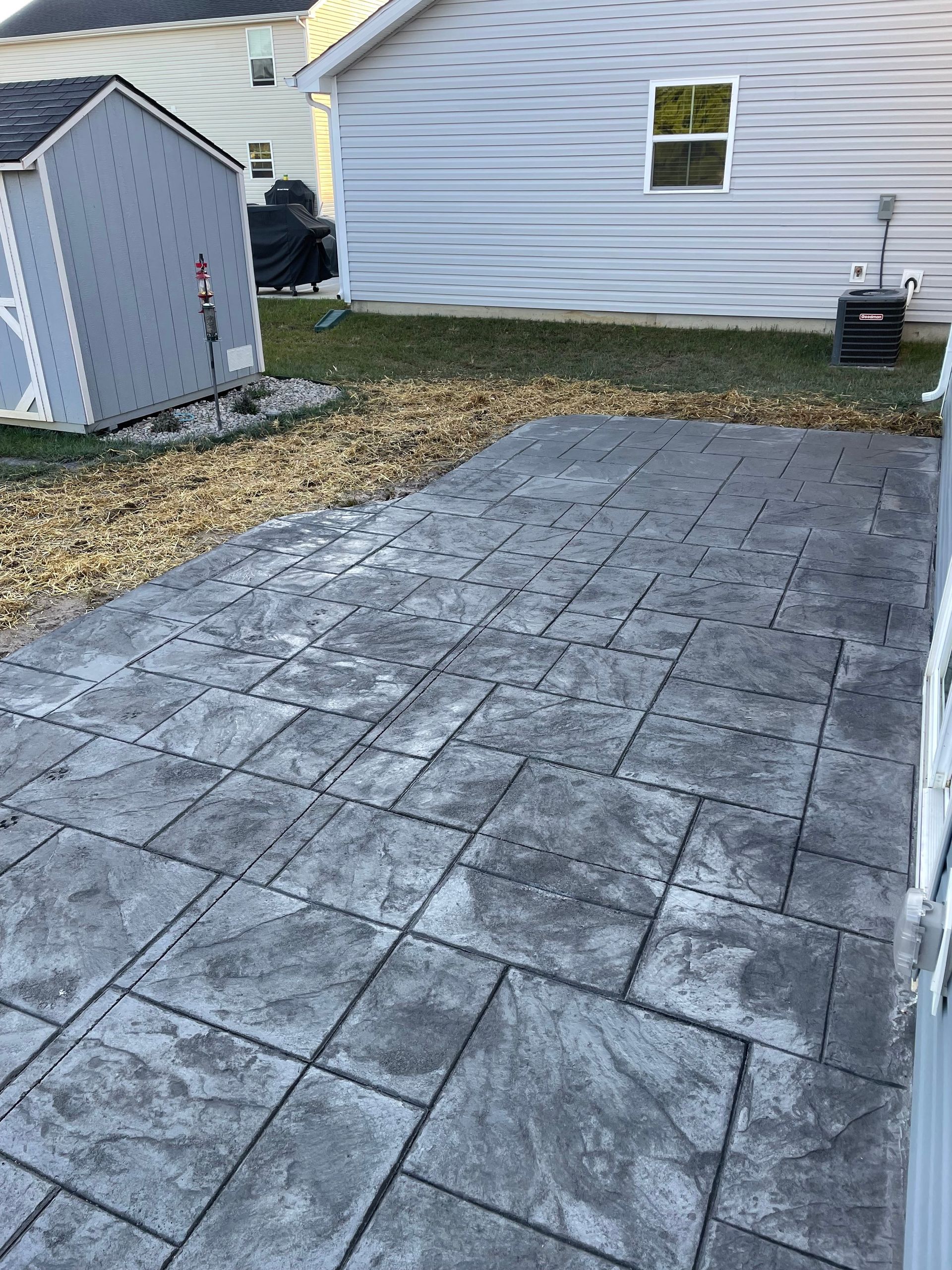Driveway Extensions
Installing a Driveway Extension for Extra Parking
Having an extra parking space can be a massive help for many modern day families. The problem is, many new homes are built to minimum standards, and don't have the space for their parking needs. Fortunately, it is possible to add additional space fairly easily by installing a driveway extension. In this blog post, we’ll go over the various aspects of installing a driveway extension, so you can make an informed decision about whether or not it’s right for you and your family.
First off, let’s talk about the benefits of having an extra parking spot in your driveway. For starters, it can help with safety; adding more room to park means fewer stray tires on your lawn. With smaller spaces in front of your home, cars may find themselves blocking other vehicles and creating dangerous situations when attempting to leave or enter the area. An extra space helps with this issue by giving cars enough room to maneuver without being too close together.
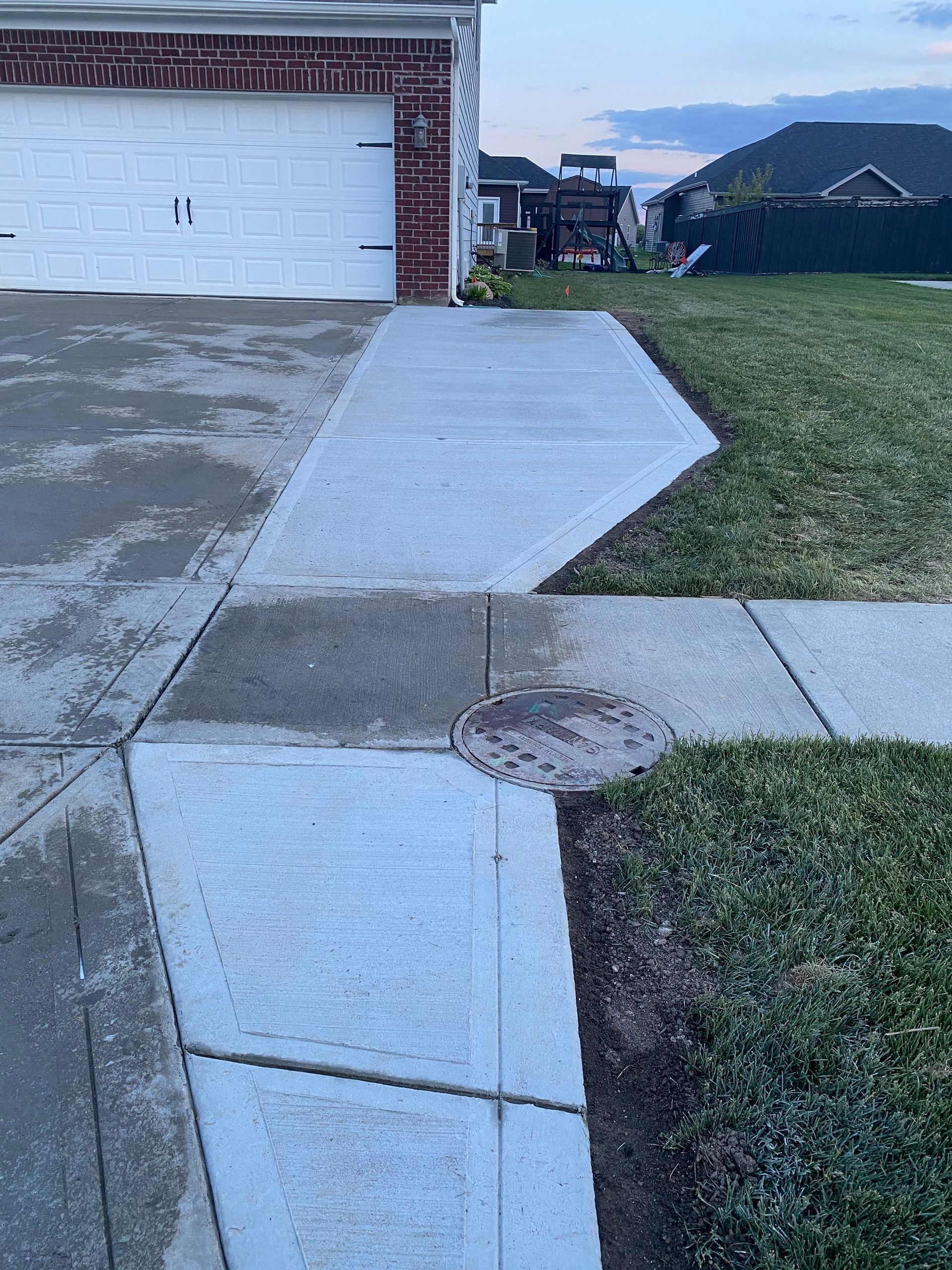
Another benefit of having an extra spot is that it adds value to your home. A larger driveway with more parking spots is ideal for potential buyers if you ever decide to sell your property. It also makes it easier for visitors and family members who come over often as they won’t have to worry about finding some way of squeezing all their vehicles into one spot on the curb or street.
Now that we know the benefits of having a longer driveway let's look at what goes into actually installing one:
Materials – Generally speaking, most drive extensions can be built from stone, asphalt, or concrete. While stone may be the cheapest option, it will likely need constant attention and upkeep. Asphalt is a good option as well, especially if your existing drive is asphalt. However, if you want something more aesthetically pleasing then concrete may be a better option since it comes in different color variations and patterns.
Preparation - Before beginning installation work on any new driveways there needs to be some level of preparation done first so that everything runs smoothly afterward; this includes excavating part of the existing ground where construction will take place as well as laying down gravel and leveling out any bumps or dips in the area before laying asphalt or pouring concrete depending on what was chosen earlier during material selection process.
Installation - After all preparatory steps are completed then actual installation work can begin which usually only lasts a day or so and you should be able to use your drive either in the days or weeks following, depending on asphalt or concrete, weight of vehicles, and other considerations. The last thing you want to do is rush your utilization of your new space and ruin the longer term benefit of your new investment.
Aftercare - Once construction work has been finished up then aftercare comes into play which mainly consists regular inspections every few months. Keeping the edges clean from overgrowth can help ensure that the space isn’t overwhelmed by grass and weeds whose root systems can cause long term damage of your surface. Cleaning and sealing yearly will also help lengthen the lifespan of your investment.
Installing a driveway extension isn’t cheap but ultimately it could pay off dividends in both safety and convenience for your family by providing more available parking spots no matter how large or small size might be. Plus the added bonus improved aesthetics around home itself too! Do research beforehand determine which materials would best suit project needs budget wise along necessary preparations needed complete job correctly first time round ensuring quality results!
